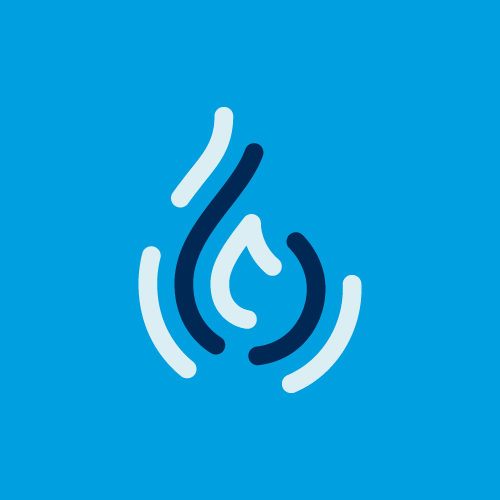PROBLEM: Ventilation to outdoors and common vents
The pressure of the natural gas in the principal supply main is generally higher than the safe service pressure of the appliances connected. The pressure thus has to be controlled within the limits of an appropriate range in order to ensure the safe and reliable operation of the appliances being supplied. Also, provision has to be made to safely relieve any surges in gas pressure. Pressure regulation may be done with various types of regulators: regulators with or without internal relief valves, or with or without vent limiting devices (Maxitrol, for example).
Pressure regulators equipped with an internal relief valve
According to Clause 5.5.4 of the Natural Gas and Propane Installation Code these types of regulators, as well as overpressure relief valves, must be vented outdoors:
| Clause 5.5.4 |
| “Except as specified in Clause 5.5.5, when a pressure regulator with internal relief or a gas overpressure relief valve is installed, it shall be vented separately to a safe location outdoors by a vent line…” |
When two regulators with internal relief valves are vented together, at the opening of one of these relief valves, the pressure generated in the vent may modify the operation of the other regulator and/or the opening of its internal relief. If the valve cannot open or operate adequately, the pressure generated by the regulator will fluctuate. The increased pressure in the vent makes the reference pressure rise, which then increases pressure downstream from the second regulator with internal relief, at the risk of damaging the appliance’s valve.
Pressure regulators without internal relief valve
When installing common vents, Clause 5.5.5, which refers to Clause 5.5.4, must be respected. Overpressure relief valves may thus be connected into a common vent line.
| Clause 5.5.5 |
| “When two or more gas overpressure relief valves are installed, they may be connected into a single vent line, provided thata) there is compliance with Clause 5.5.4b) …” |
In the 2005 version of the Code, Clause 5.5.5 could give rise to some confusion.
The term “relief device” was used without indicating if it concerned a regulator with internal relief or not. As well, reference was made to subparagraphs (a) and (b) of Clause 5.5.4, without taking into account the main paragraph, which clearly specifies that venting has to be separate when the regulators are equipped with internal relief. The wording could have led it to be believed that internal relief valves could be connected into a single vent line.
Lastly, vent lines do not have to be vented to the outdoors if the regulator is equipped with a device (internal or not) that limits the escape of gas in case of a break. (See Clause 5.6.2)
| Clause 5.6.2 |
| “When an appliance pressure regulator without internal relief having an inlet pressure not in excess of 2 psig (14 kPa) is installed on an appliance, it shall be vented to the outdoors unless it is constructed or equipped with a device to limit the escape of gas from the vent opening in the event of diaphragm failure. In addition, the opening in the device shall restrict the escape of gas to not more than 2.5 ft3 (0.0706 m3) per hour of a gas having a specific gravity of 0.6. A regulator with vent limiting means shall be installed in a ventilated space only.” |
In June 2011, the Régie du bâtiment du Québec produced a technical document that clarifies what is meant by “a ventilated space.” Since natural gas is lighter than air, the regulator has to be well located in order to avoid any accumulation of natural gas.
Continue reading








